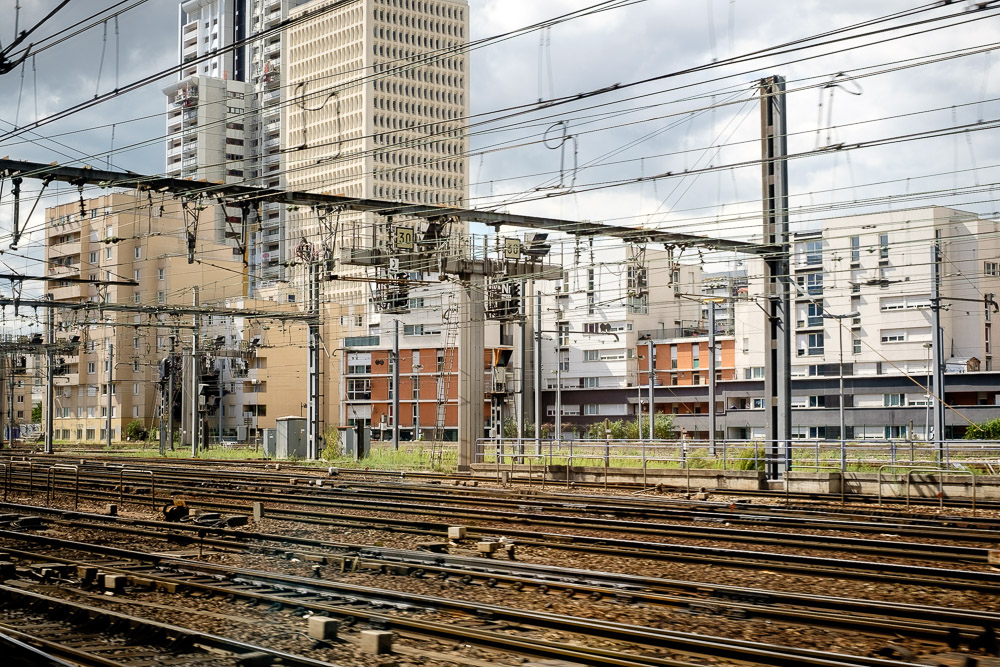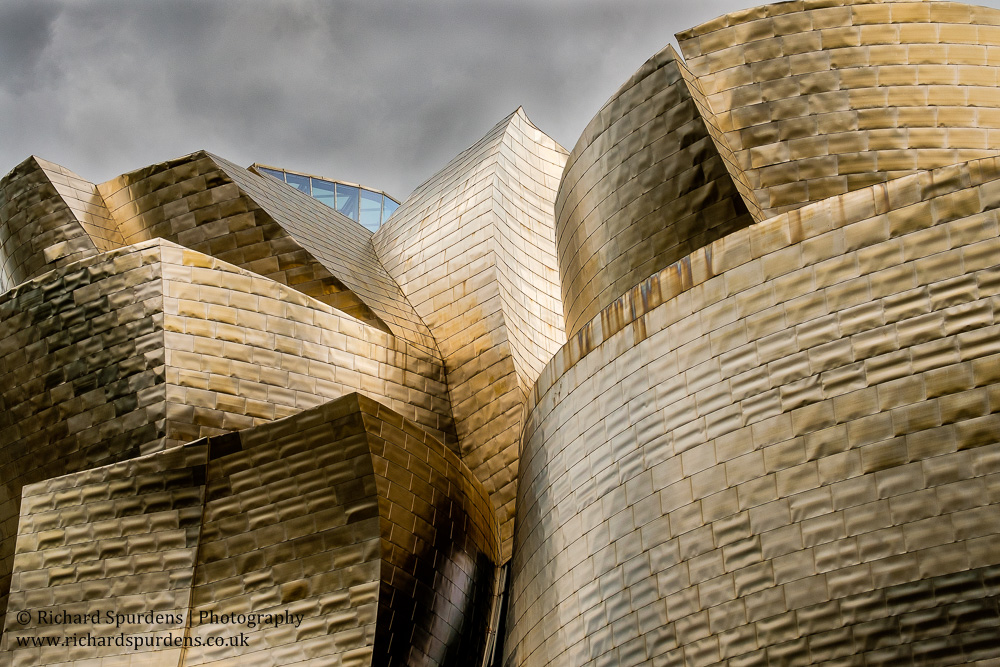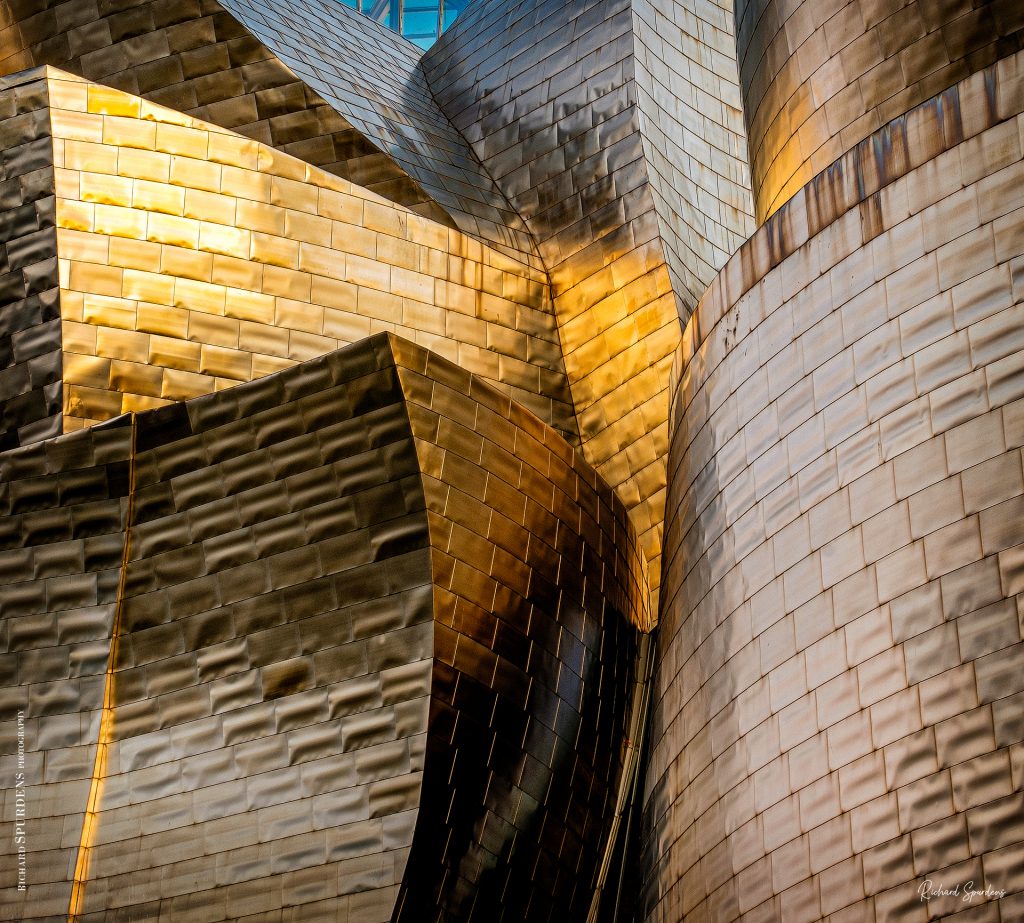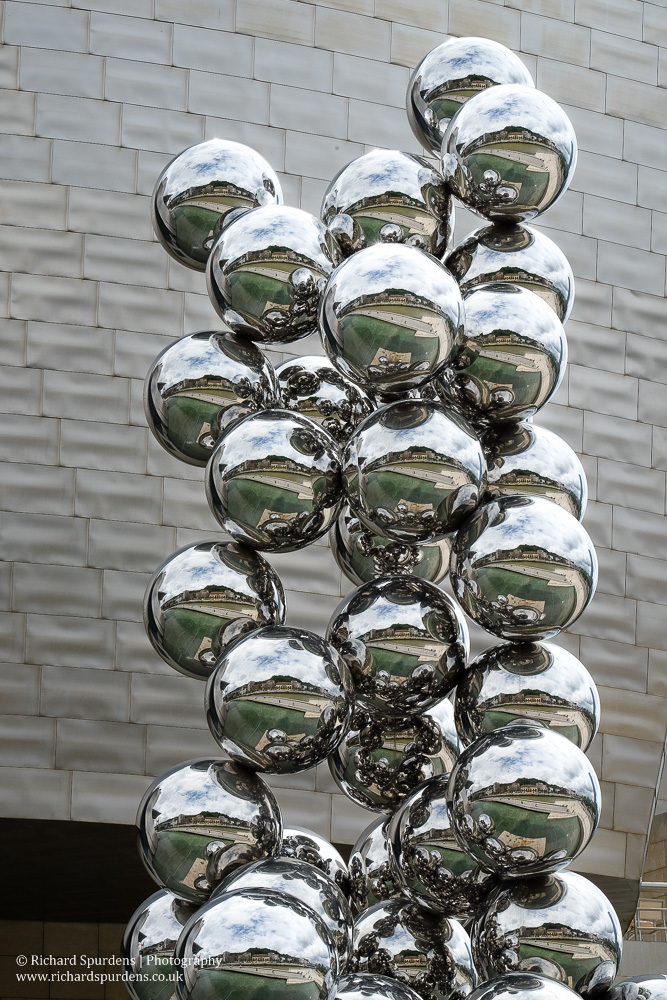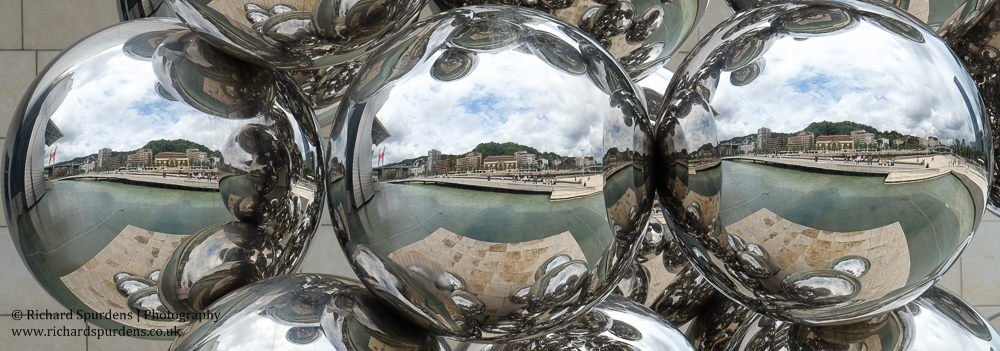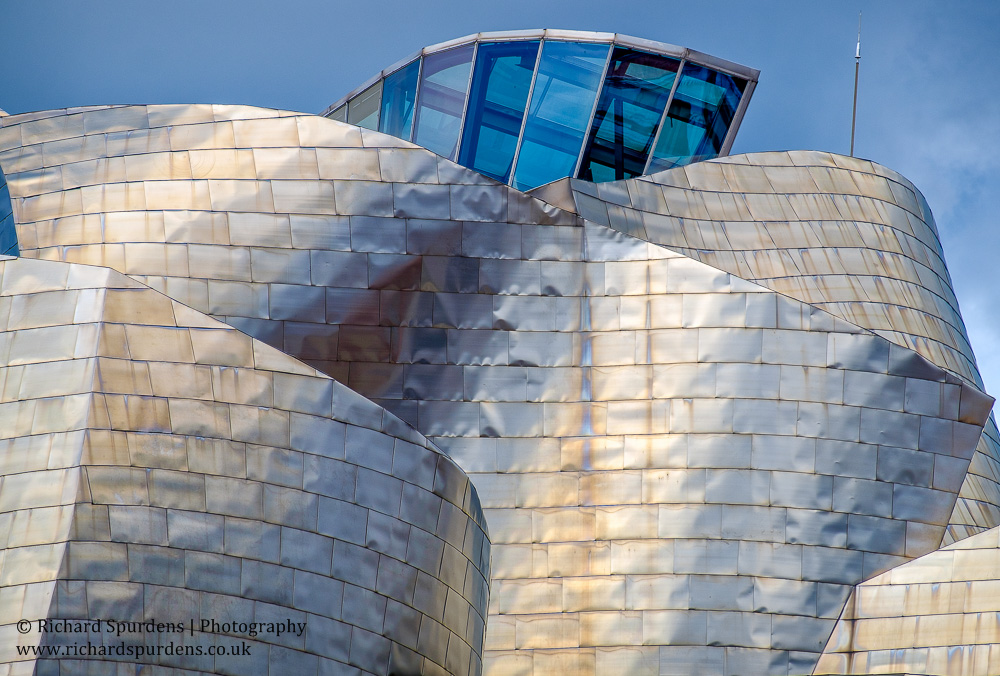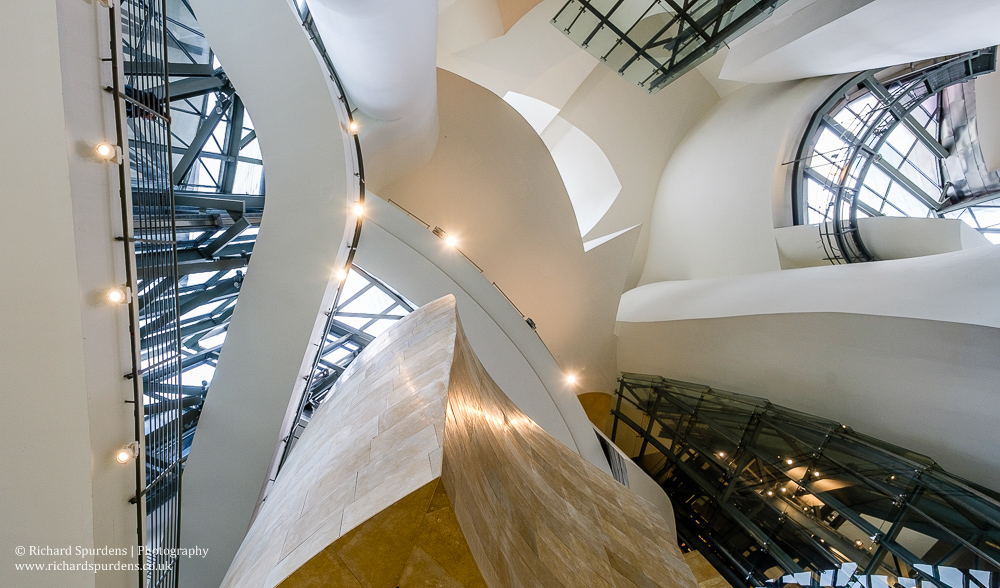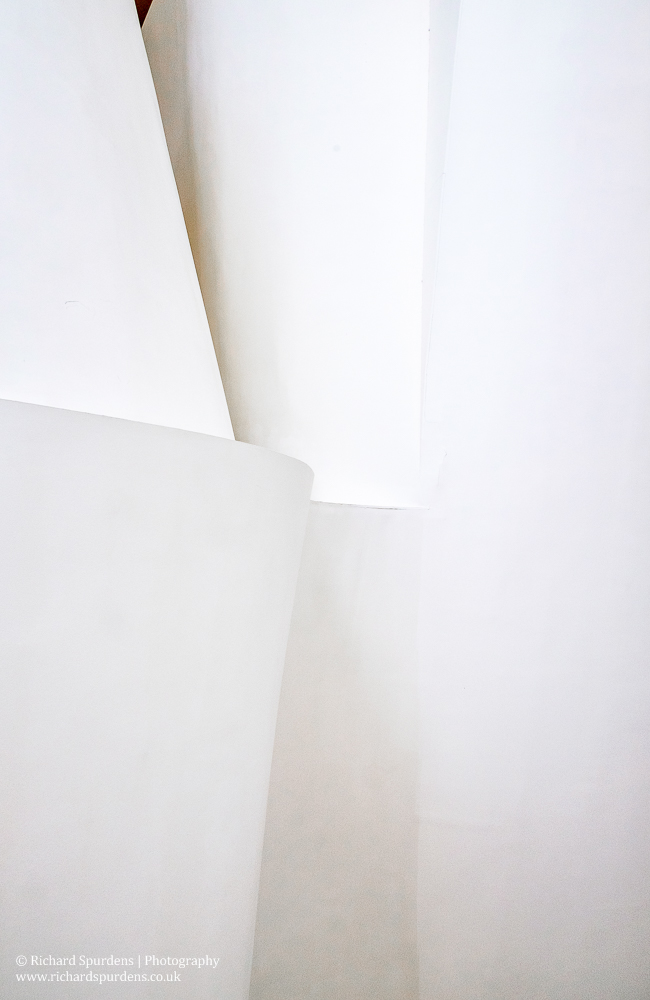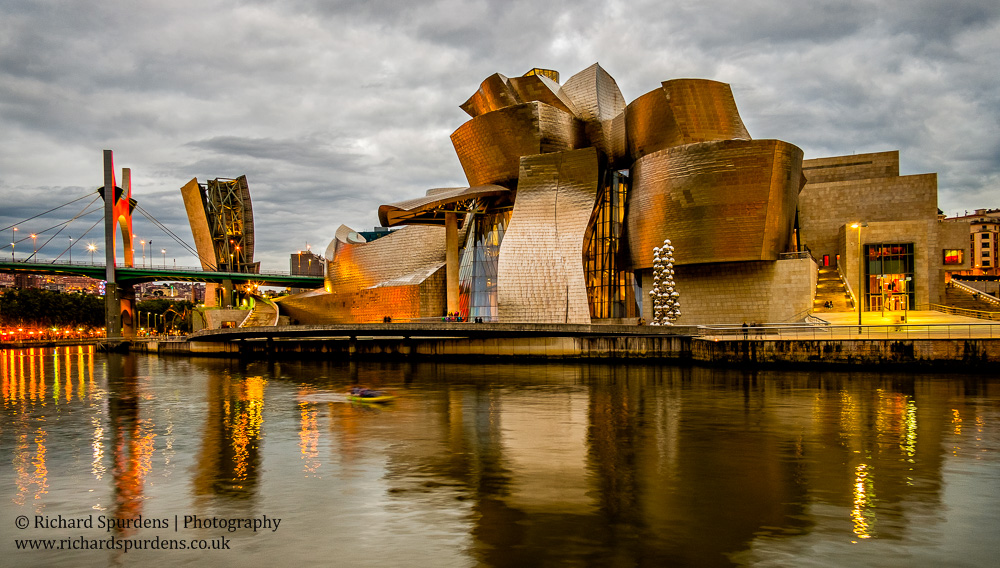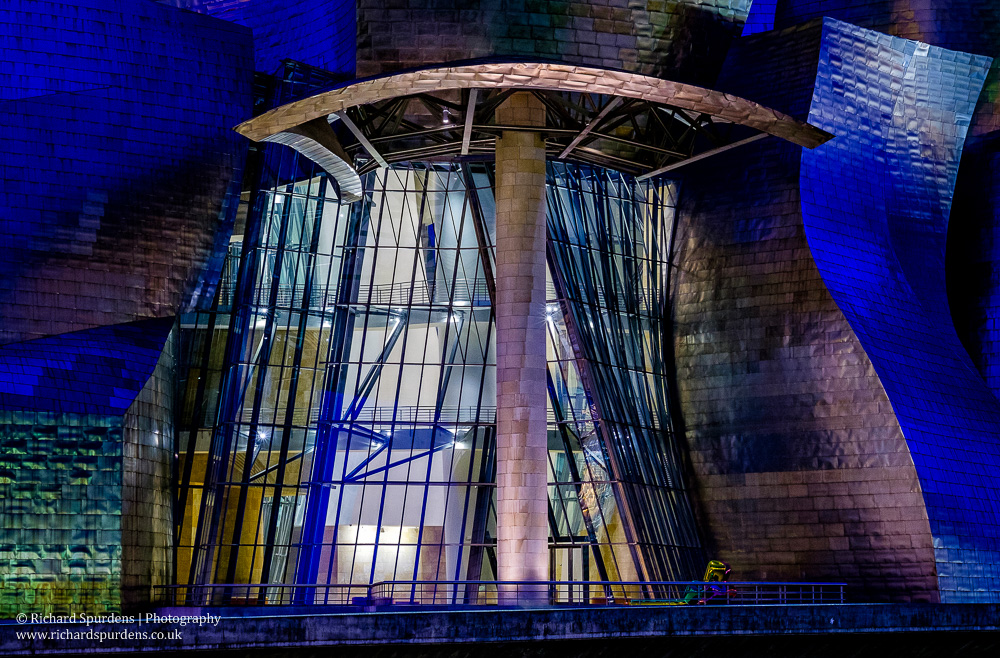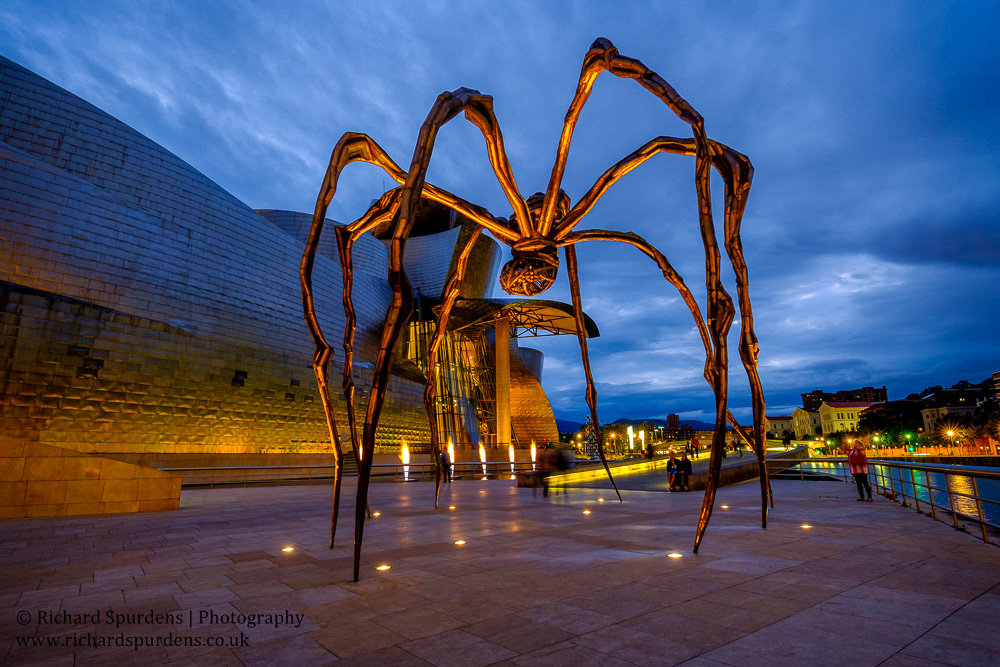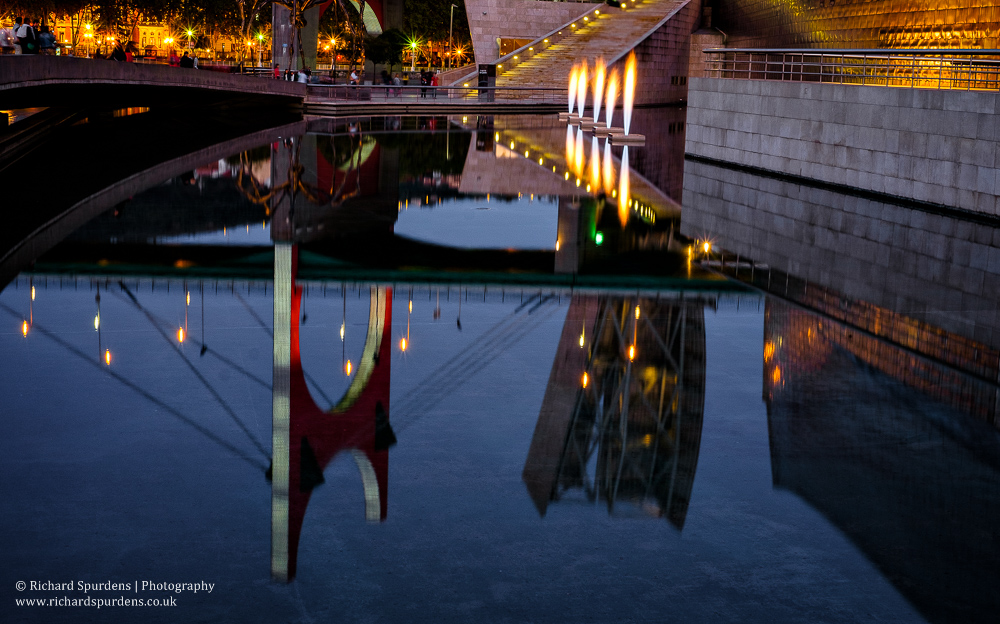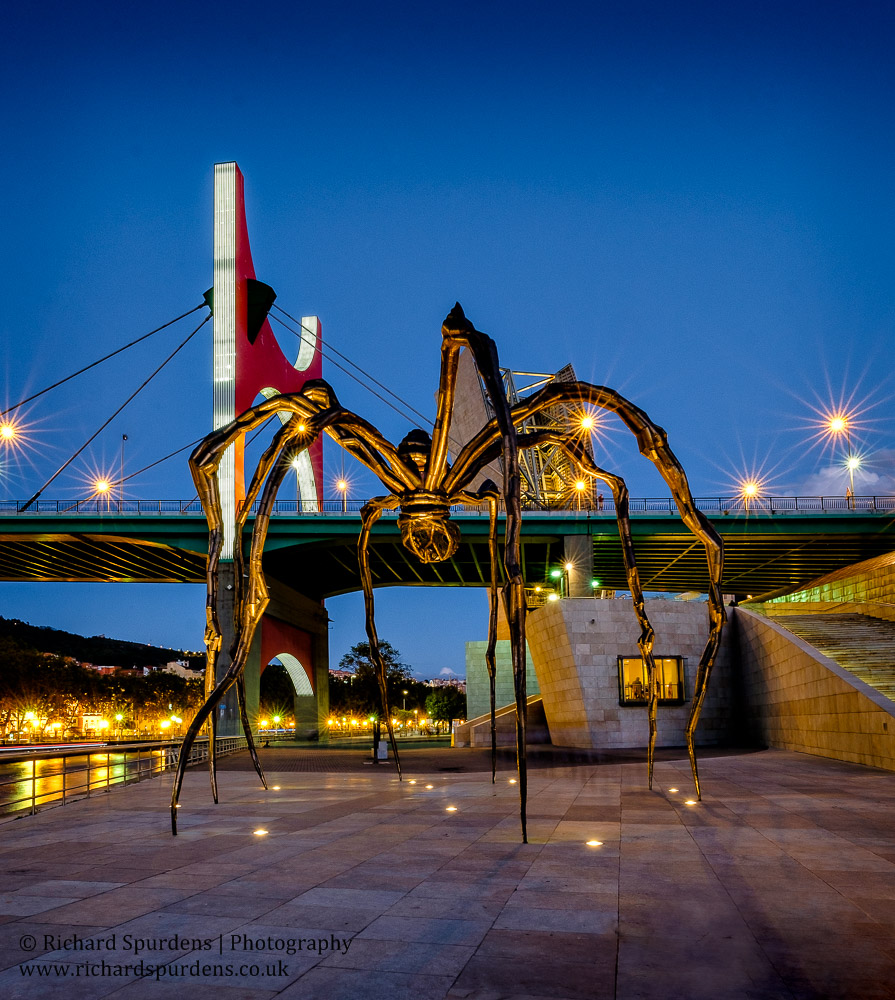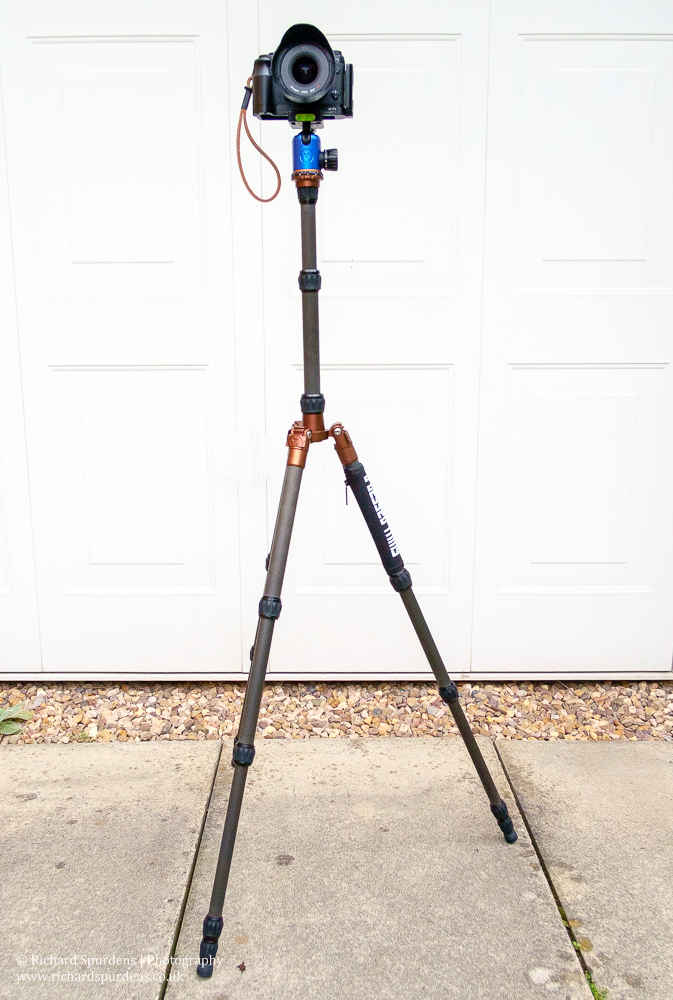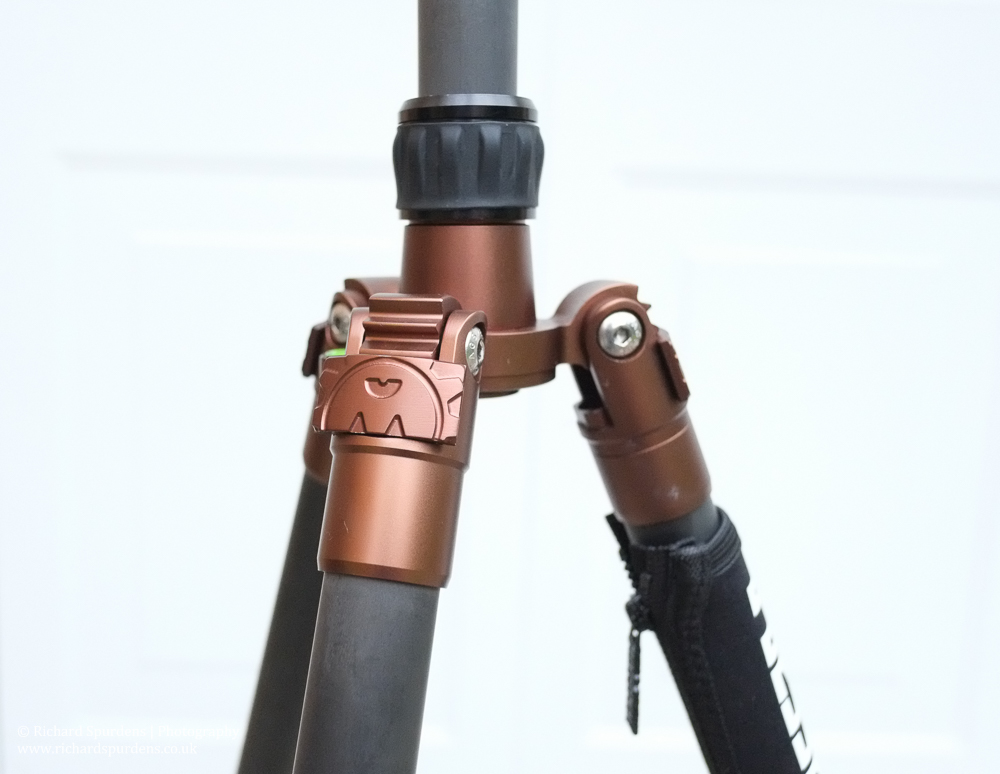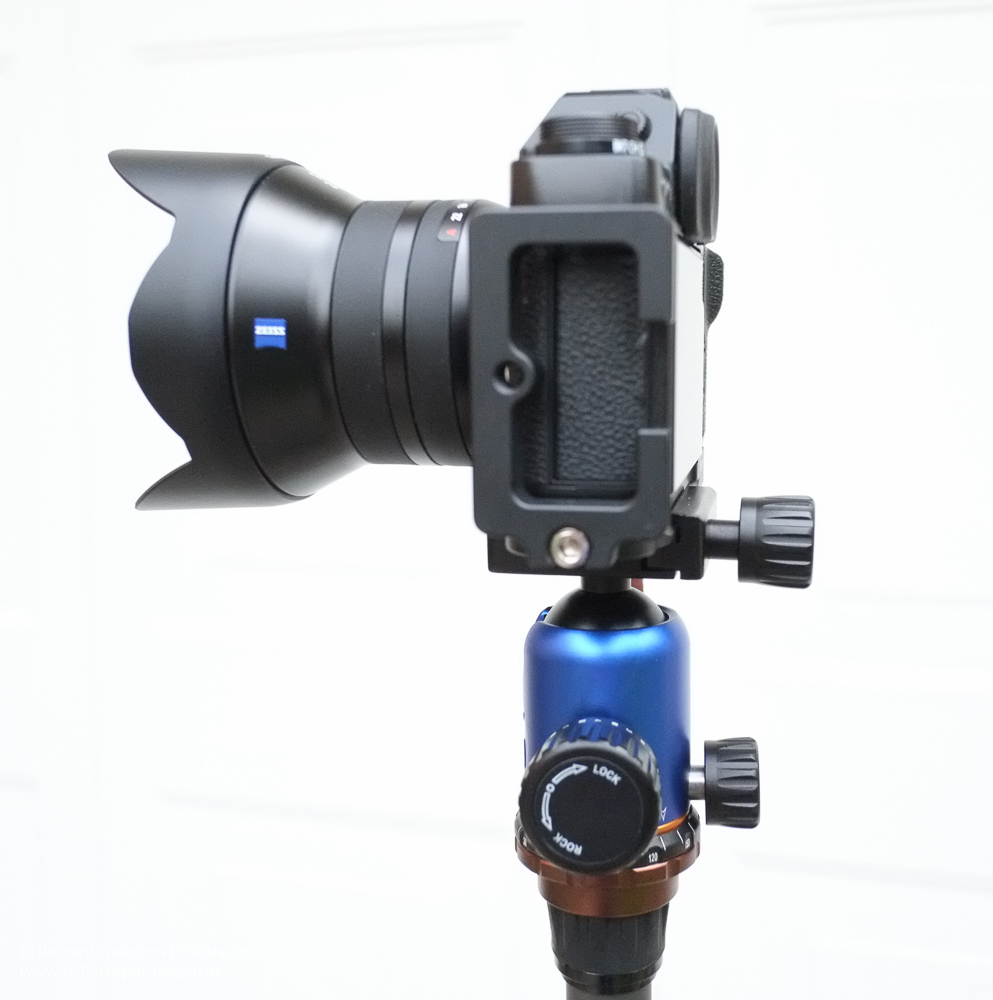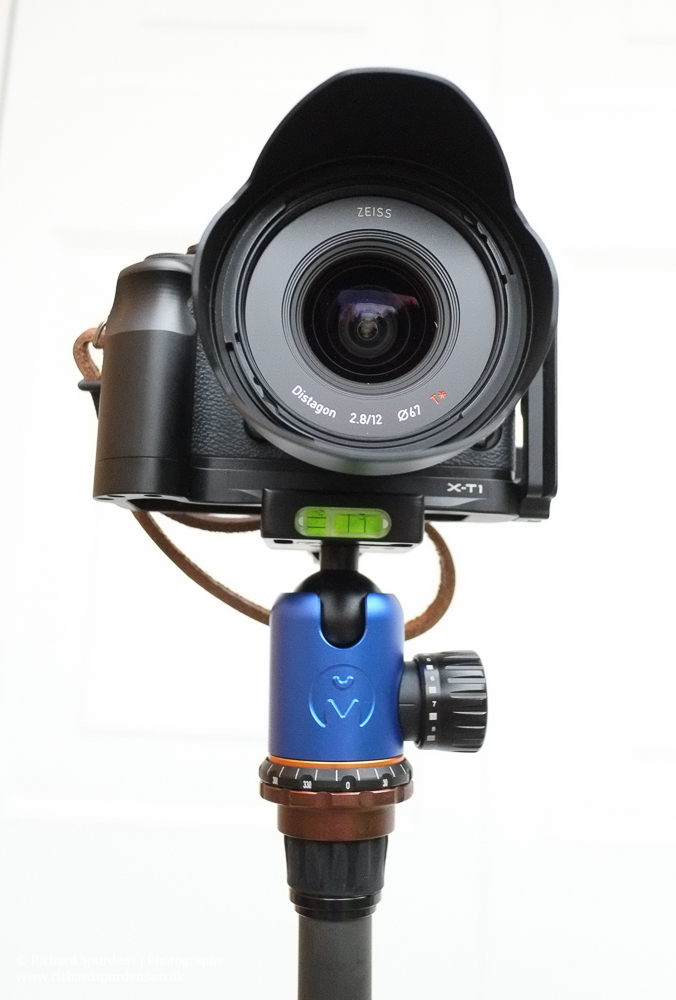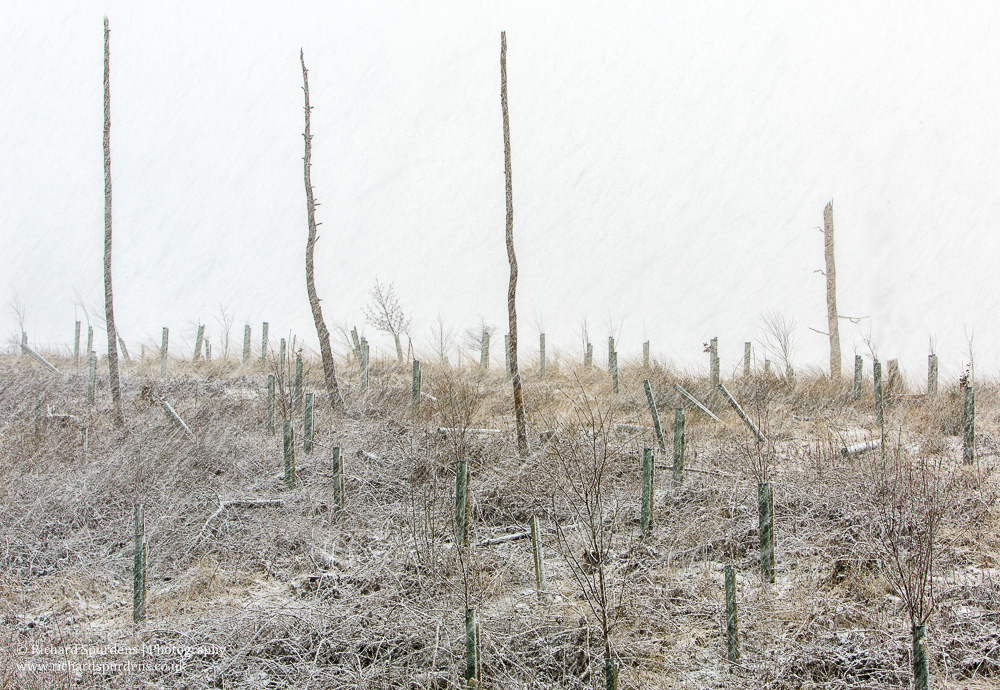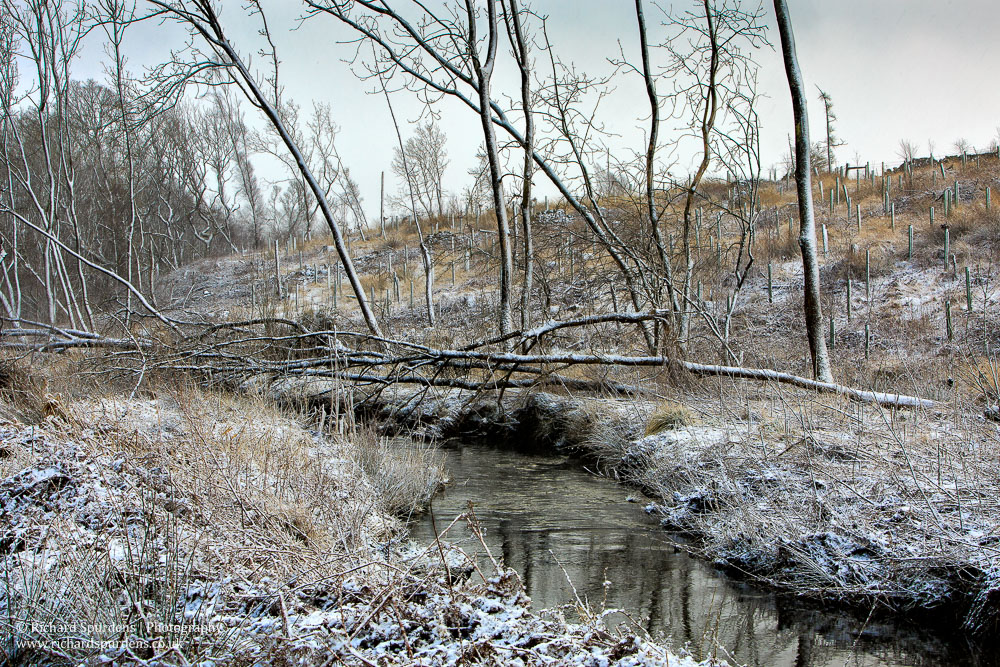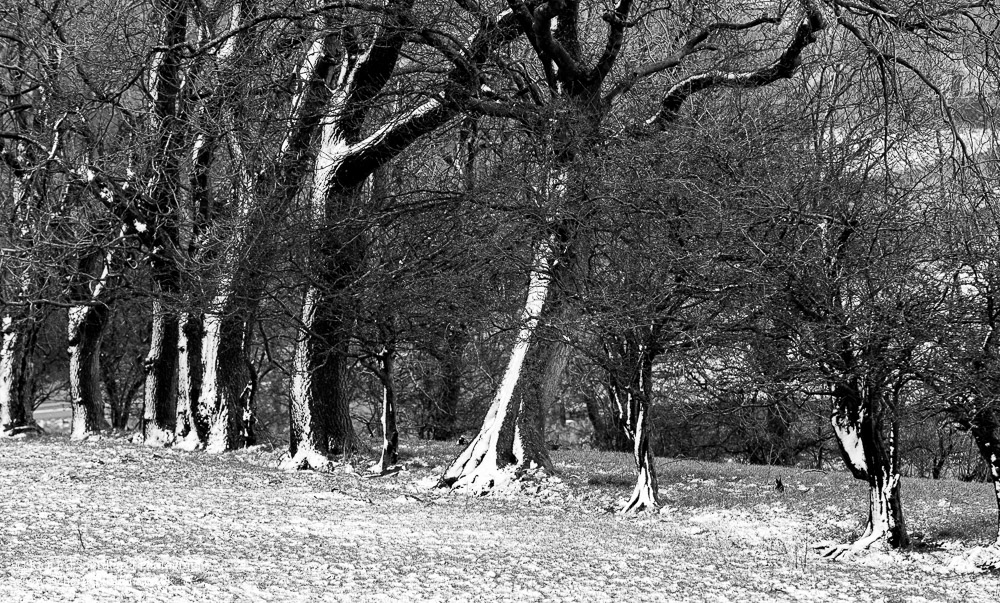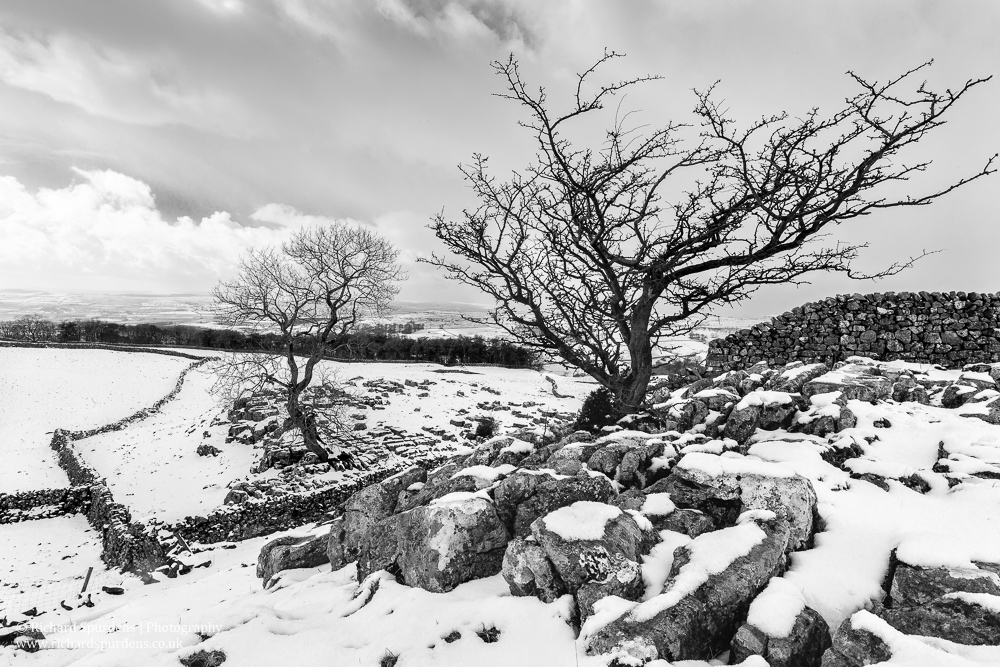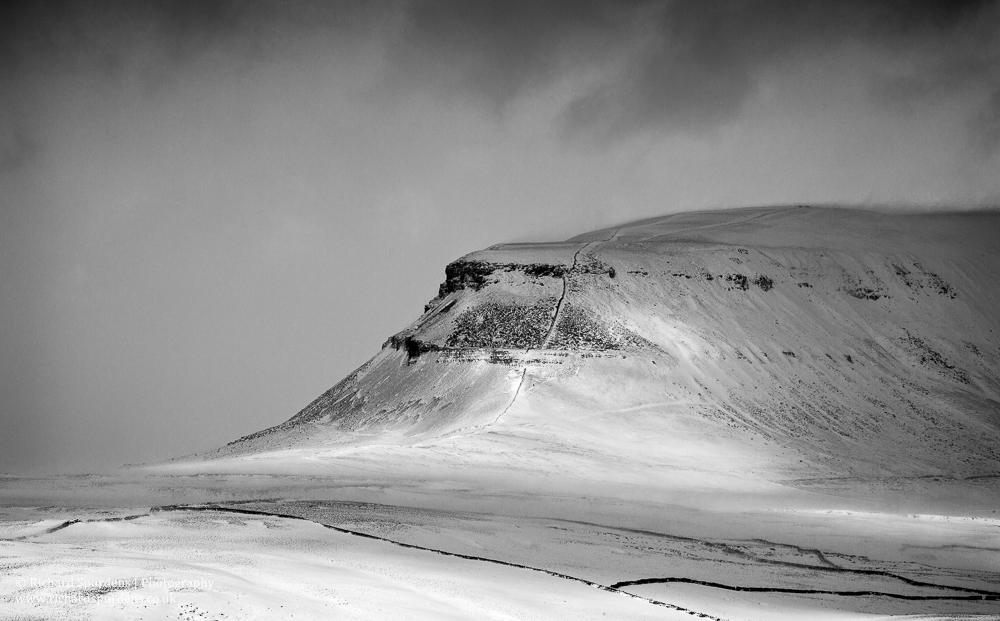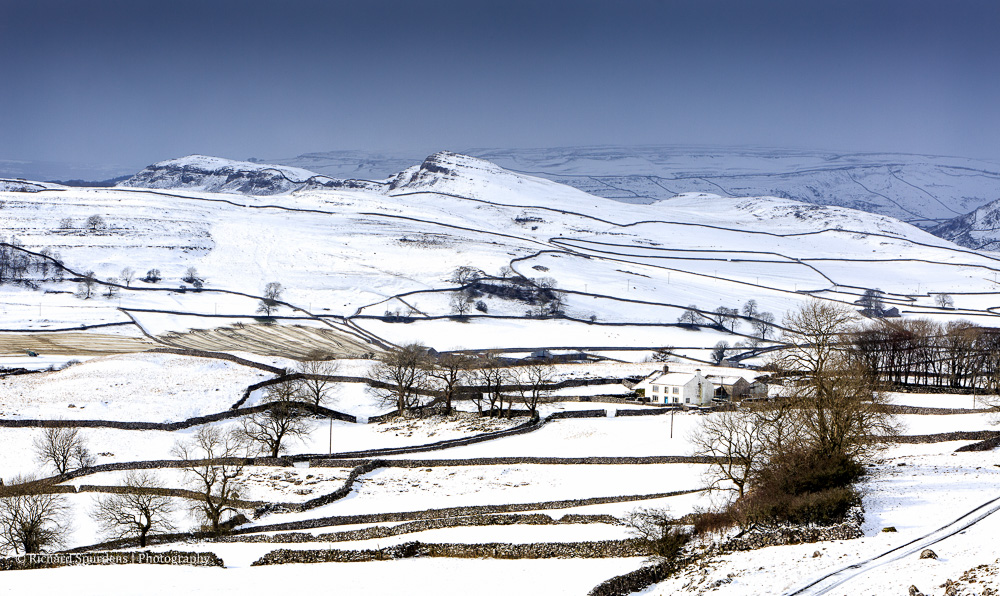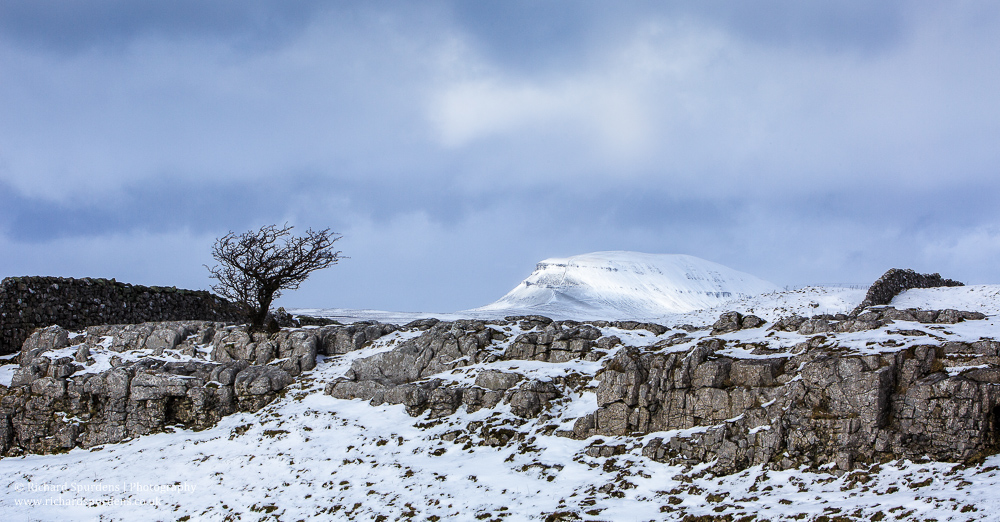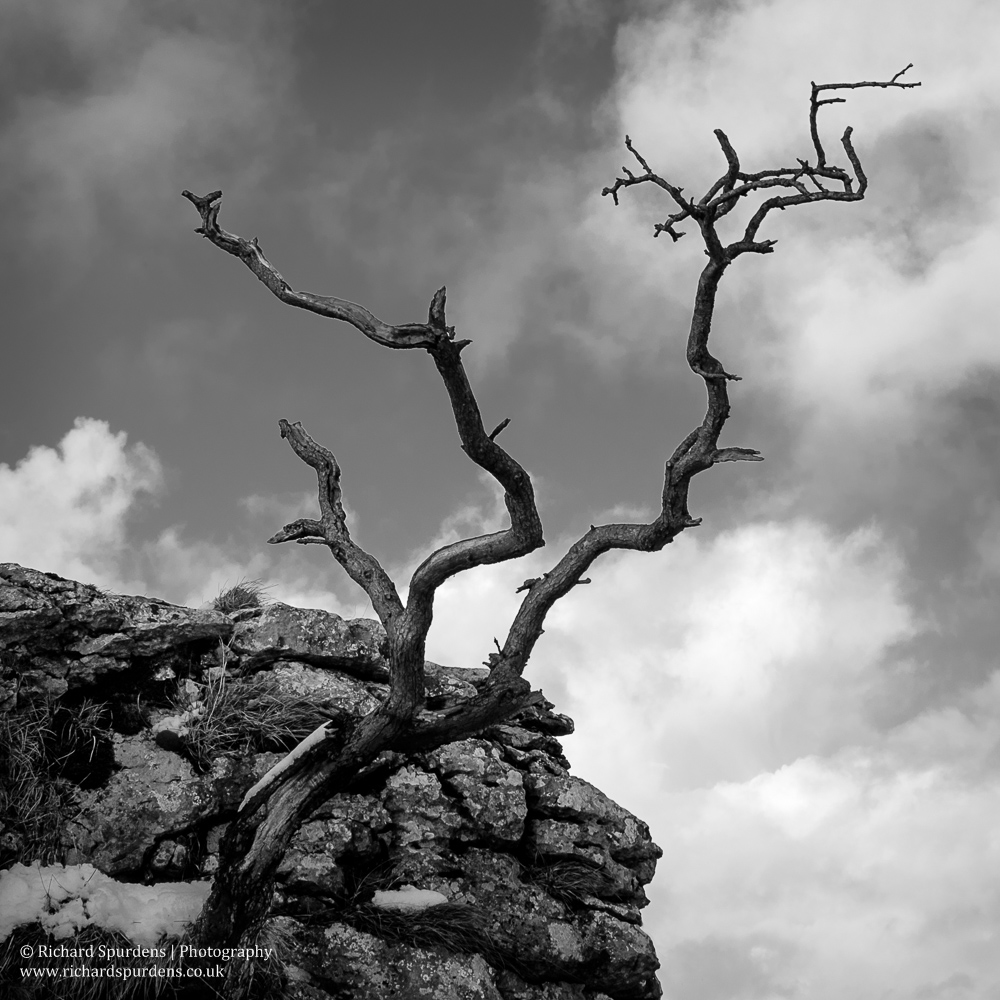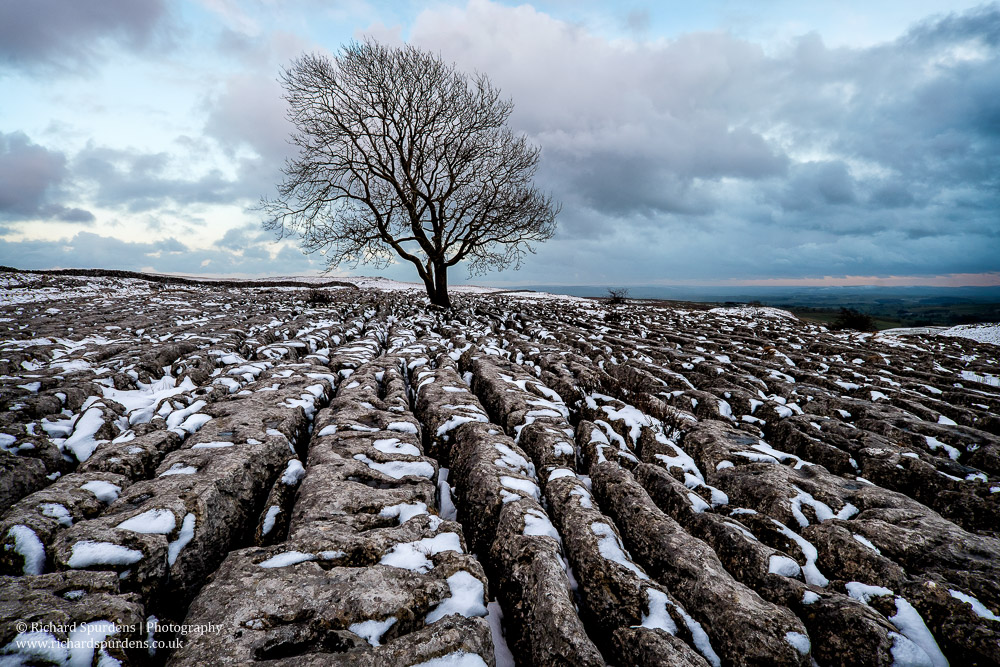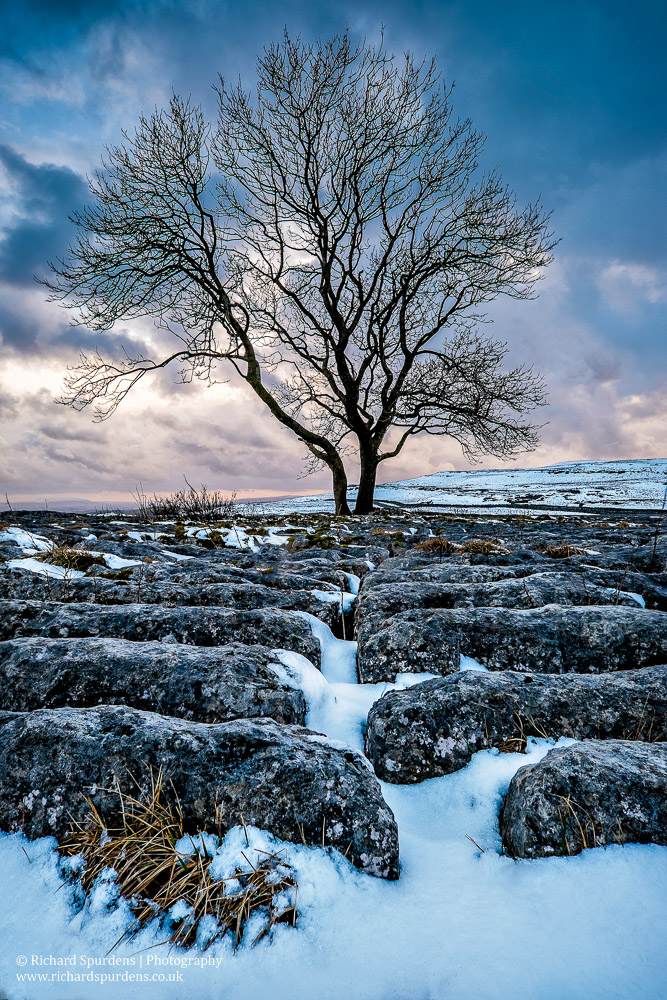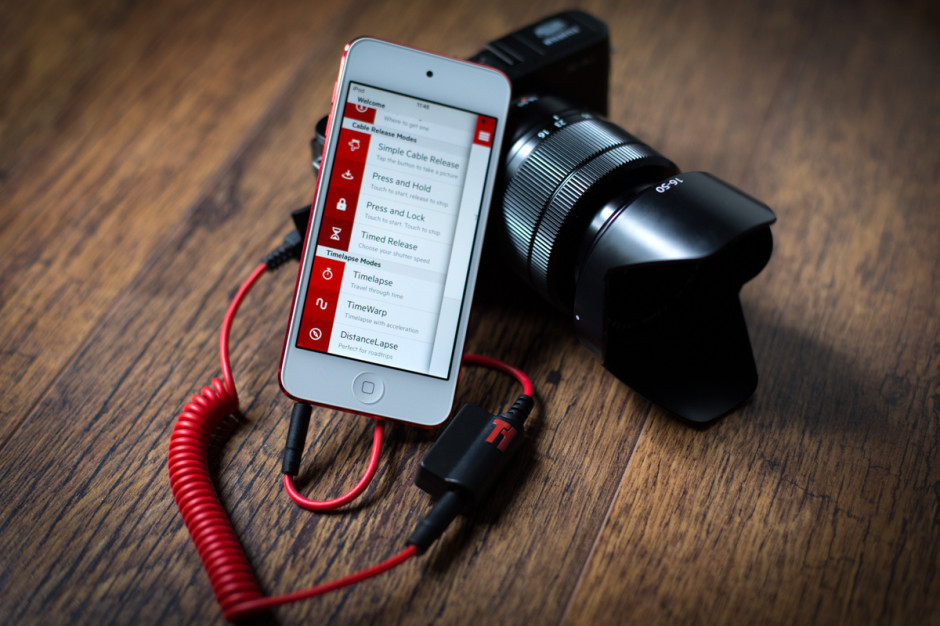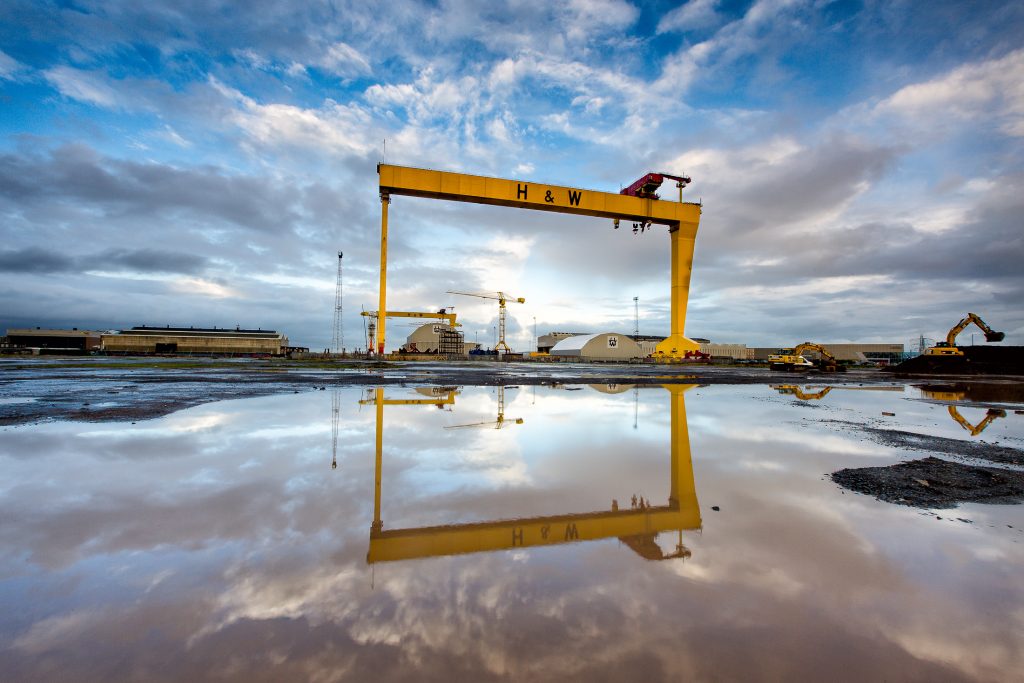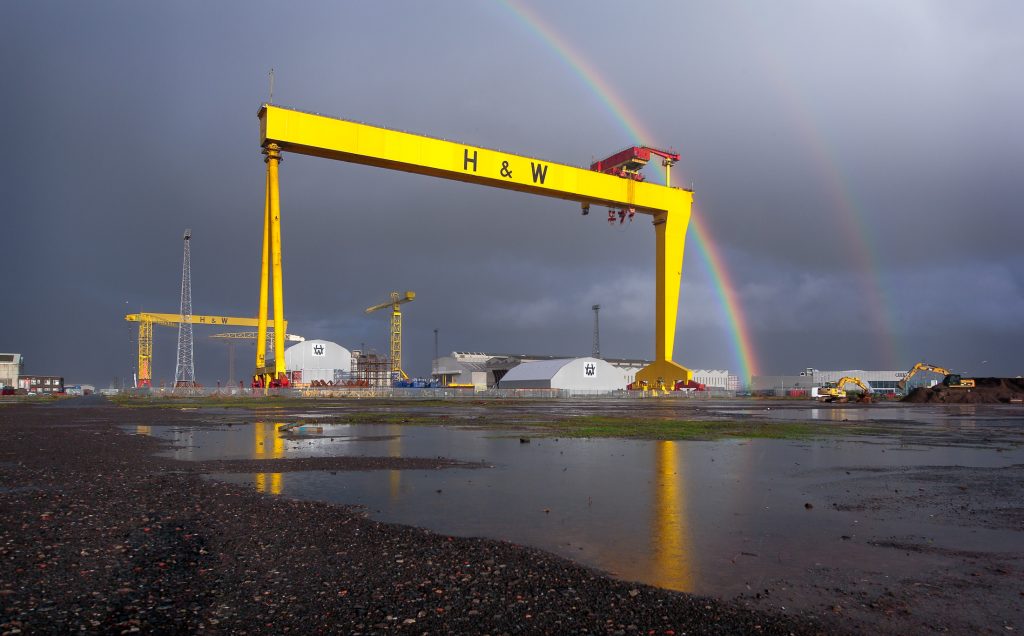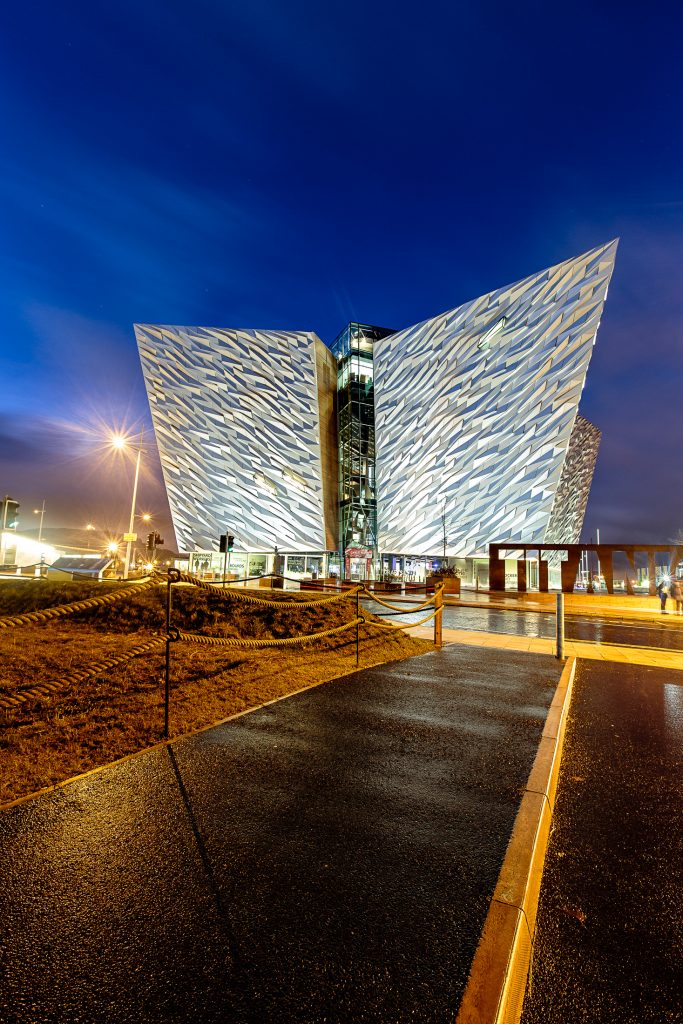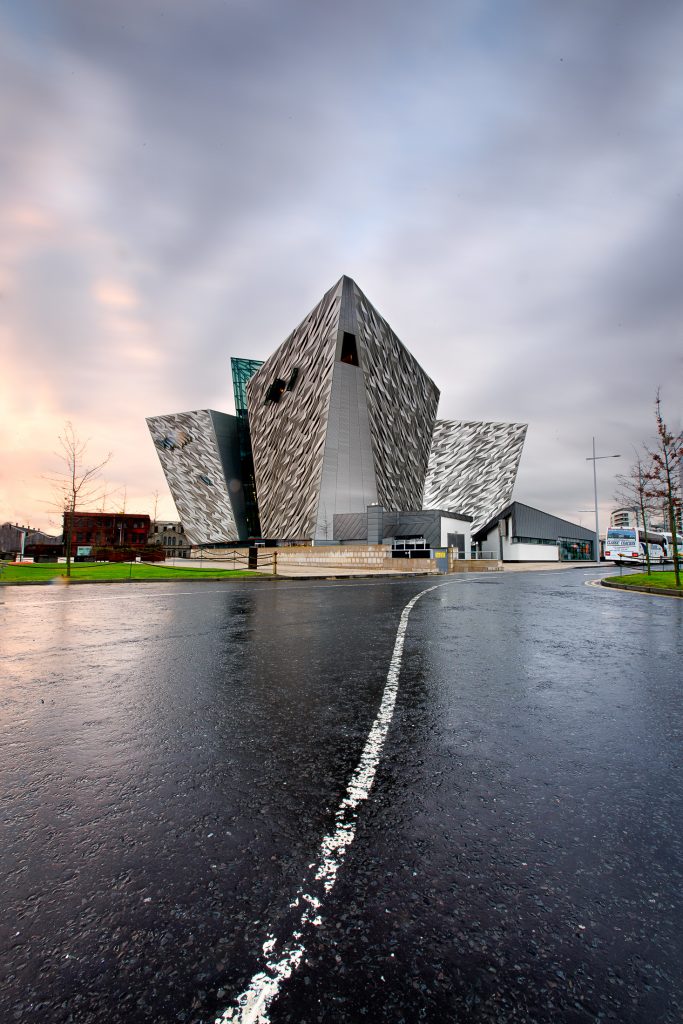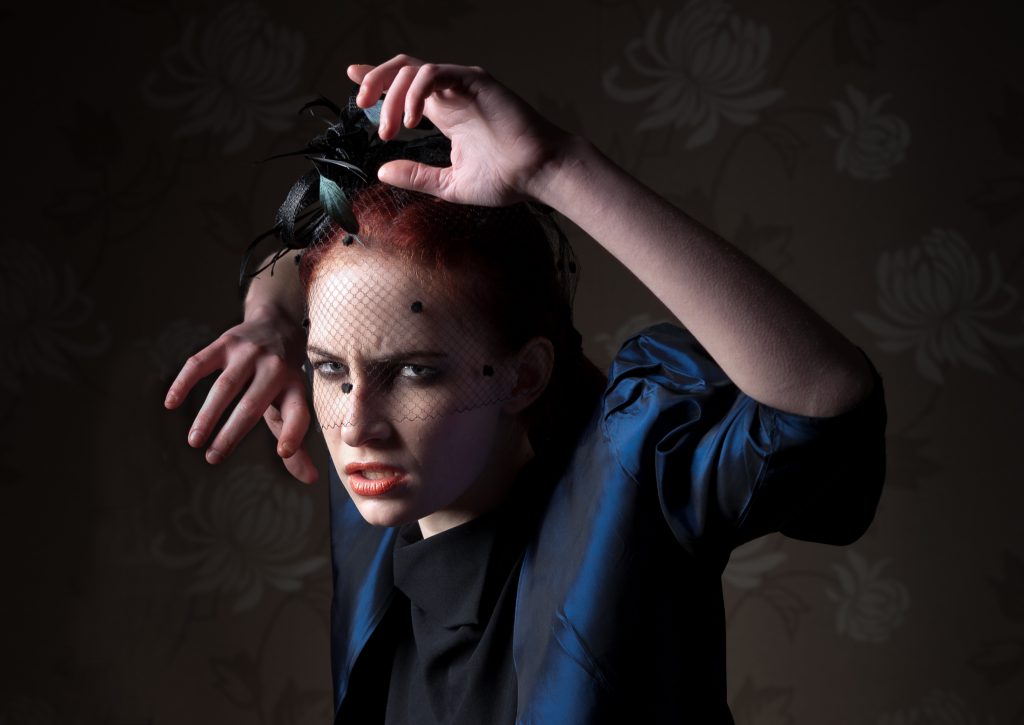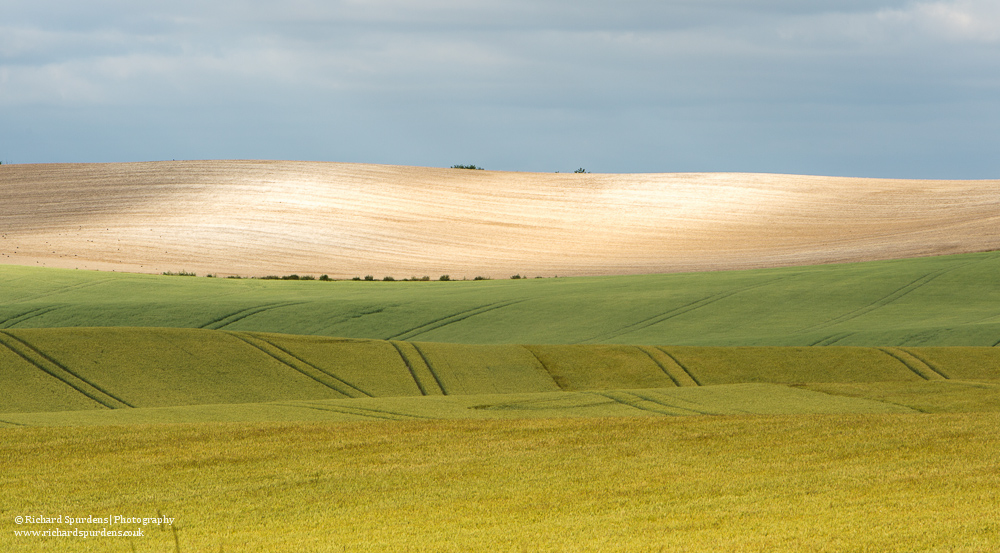Fuji XT-2 first images
My Fuji XT-2 arrived a week or so ago and I really need to get out and try it out.
So when an opportunity came along for a trip up to the Yorkshire Dales with my good friend Adrian of McFade photography I decided it was a good opportunity to take it out for its first airing.
We planned the day as a trip up to visit some iconic landscape areas in the Yorkshire Dales above Settle and then headed over towards Ribblehead. I had been wanting to go back to get some more images from around Ribblehead and impressive viaduct, in that location.
The day started out as a dry one, but then we had rain showers and then sunshine throughout the afternoon, which I hoped might give some interesting skies but perhaps not always the best way to try out your new camera.
However it was only showers so a quick cover up with a shower cap when it was raining at its most persistent worked well to keep the Fuji XT-2 and its lens dry.
So here are some of the images from my new Fuji XT-2
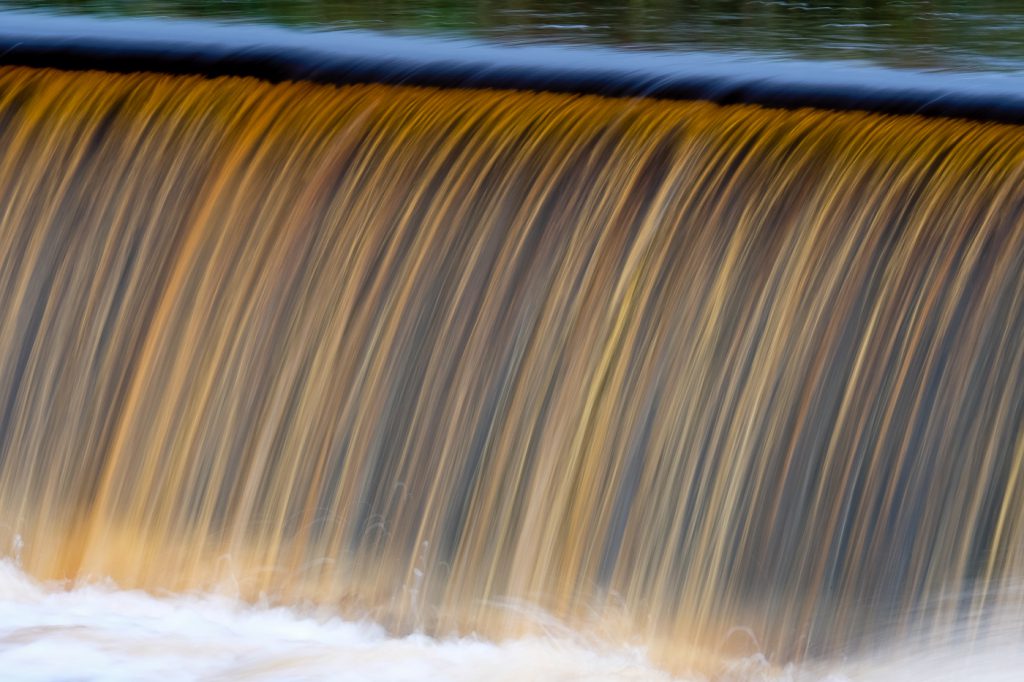
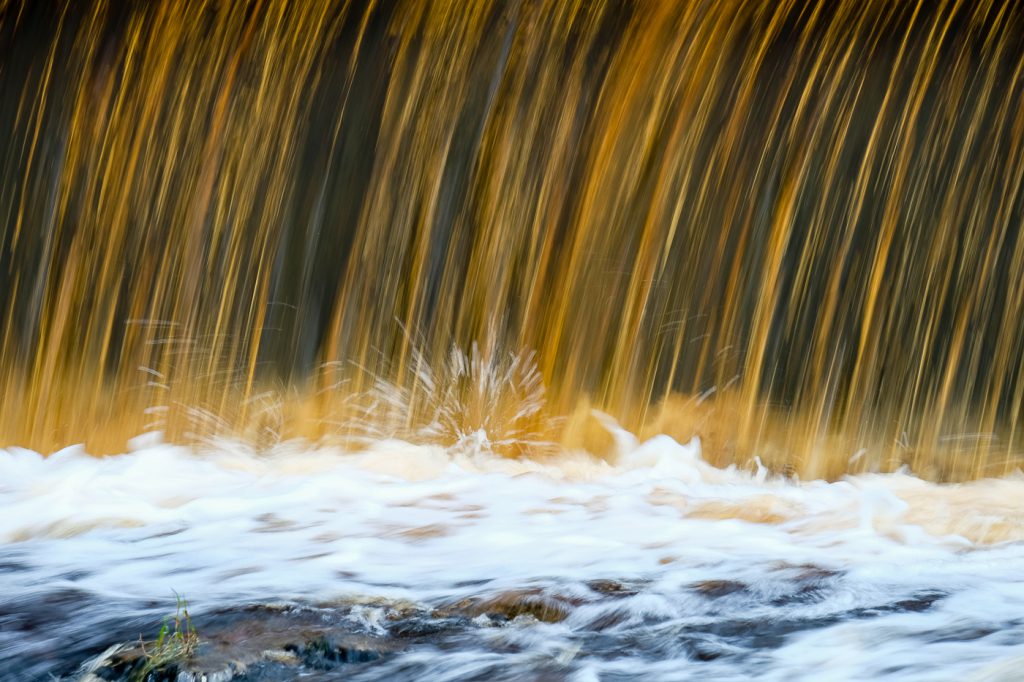
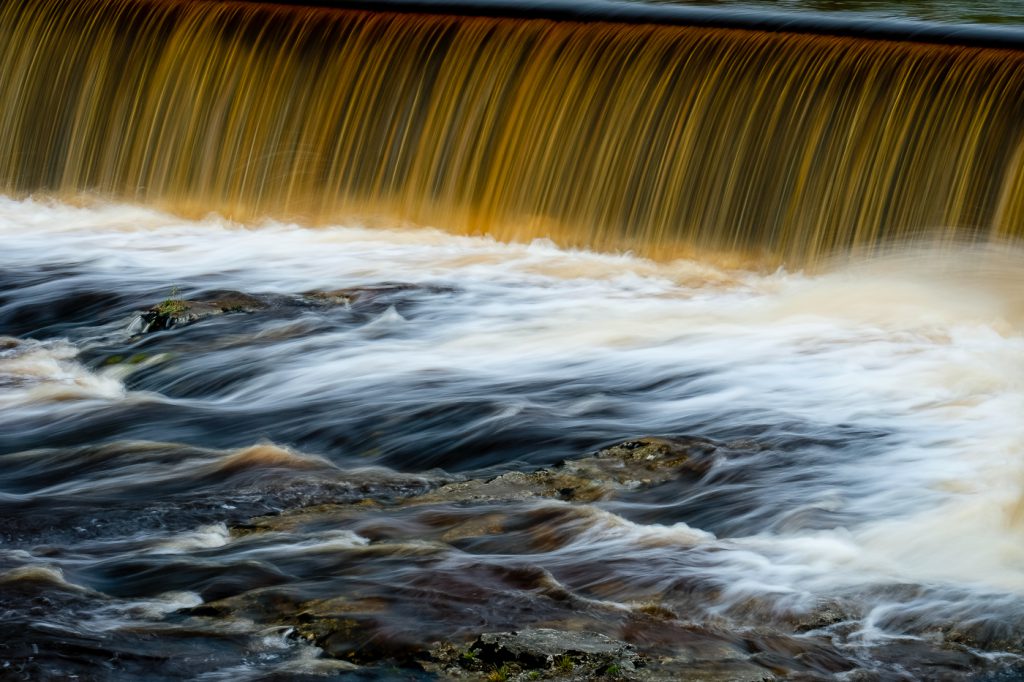
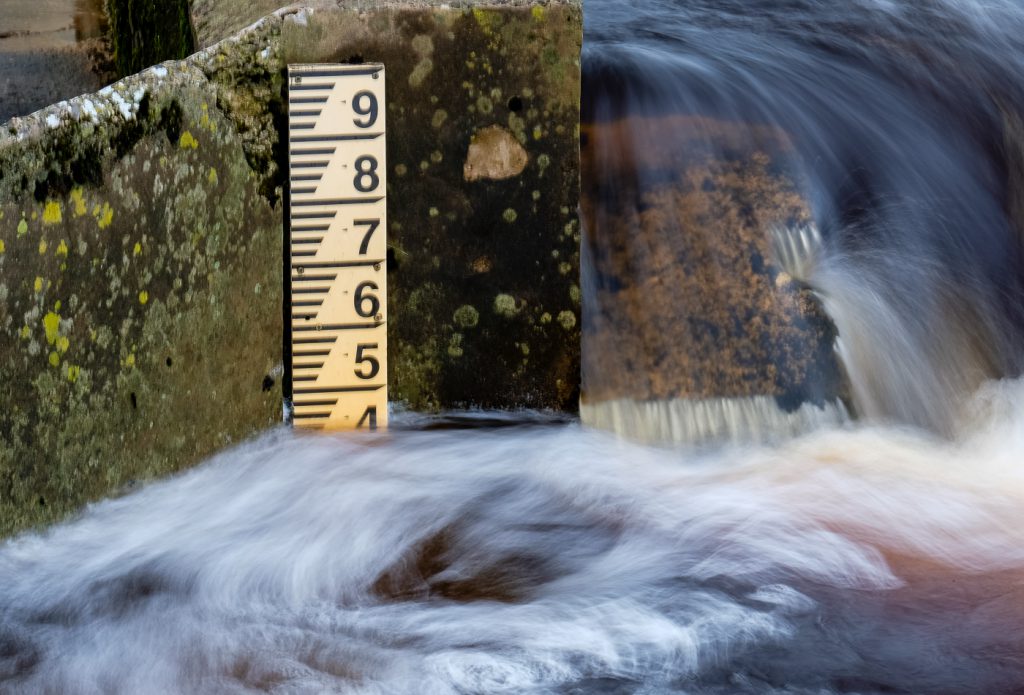
Using a slow shutter speed for these really help to bring out the water movement and peaty colours.
A short drive and a longer walk downhill to a well hidden water fall was worth the walk despite the walk back been in the rain.
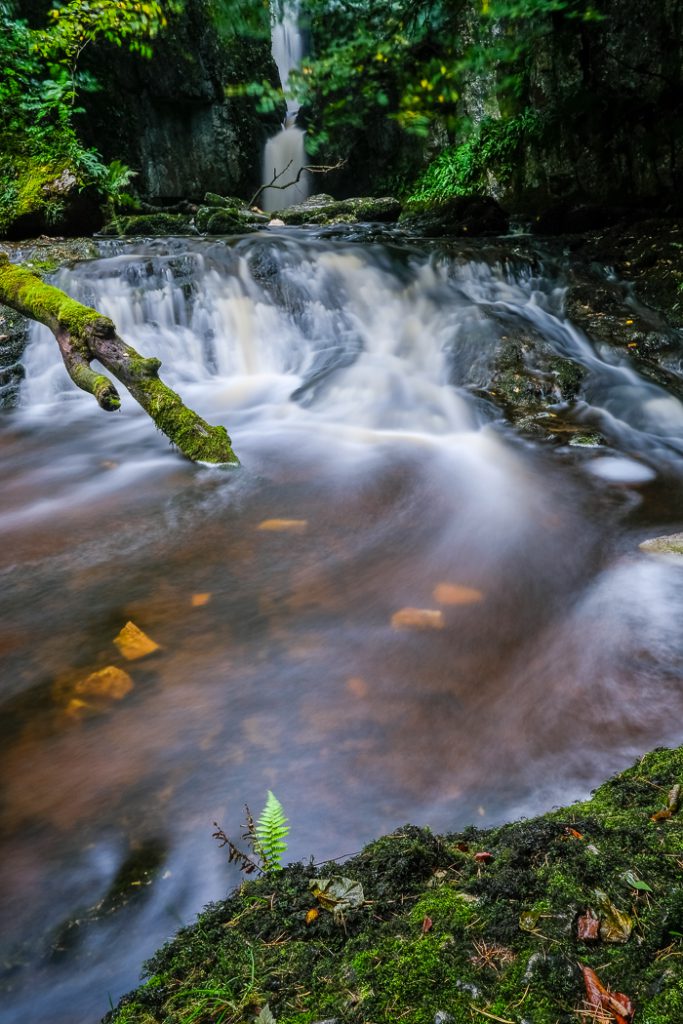
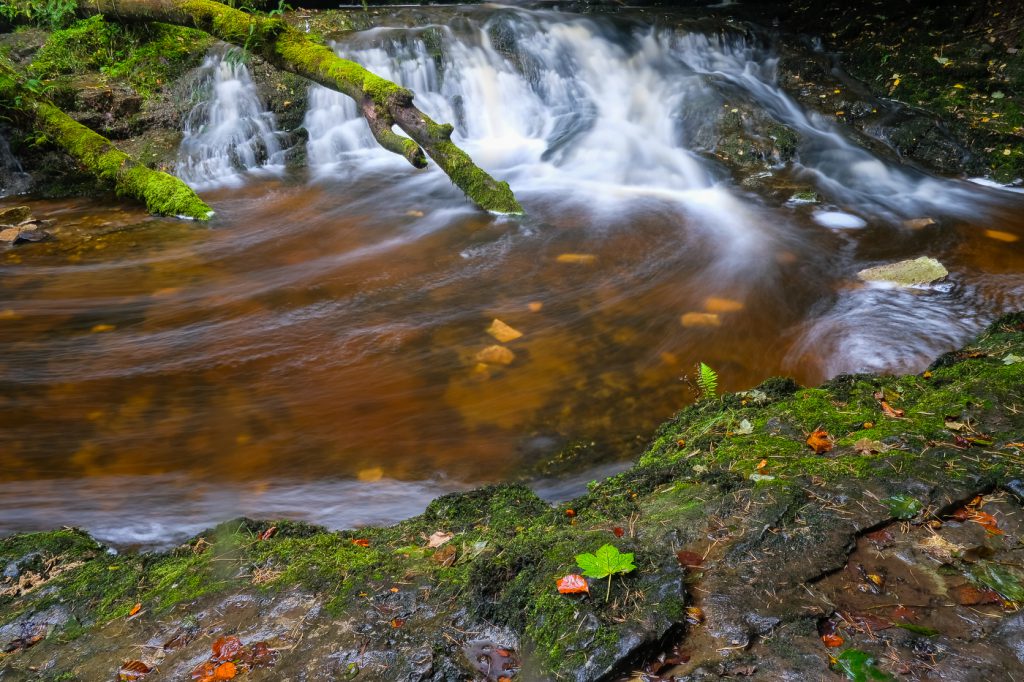
Driving across to ribblehead gave a few opportunites to stop and get some images with the dry stone walls. Using the new Acros film simulation on the XT-2.
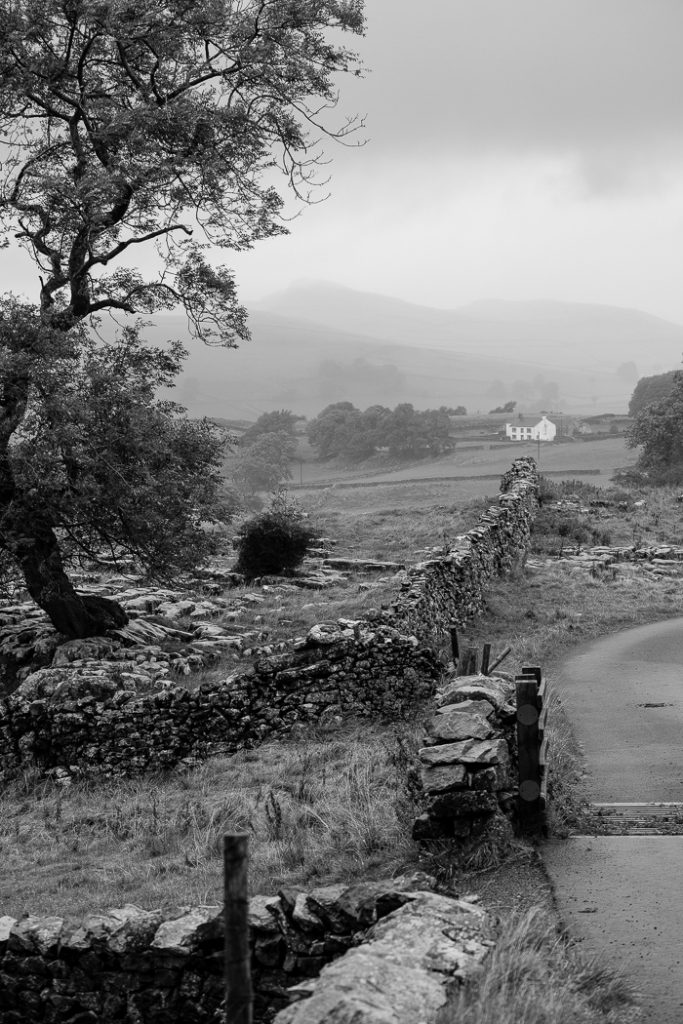
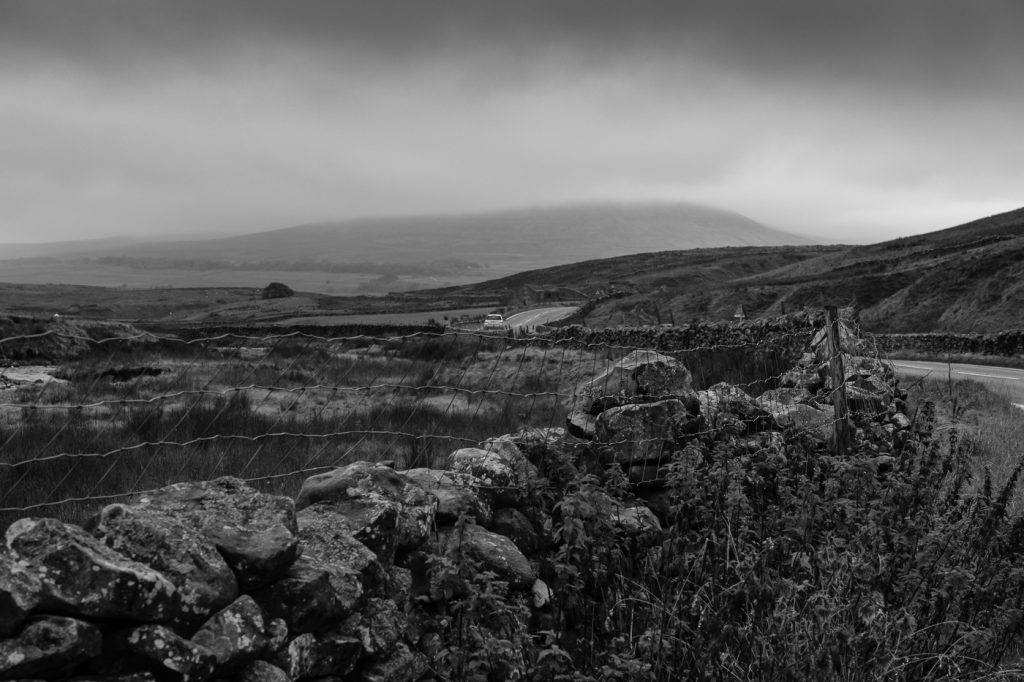
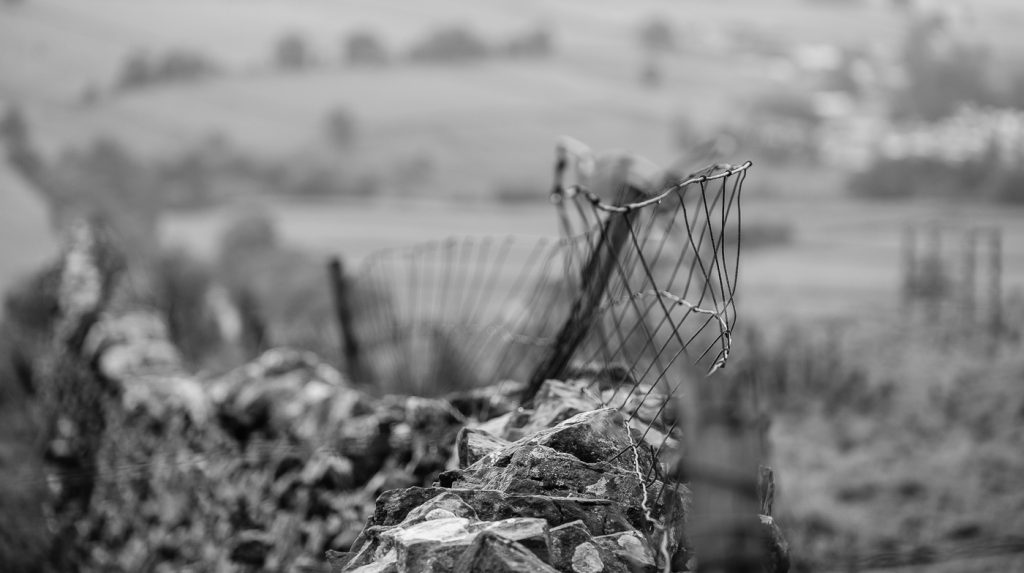
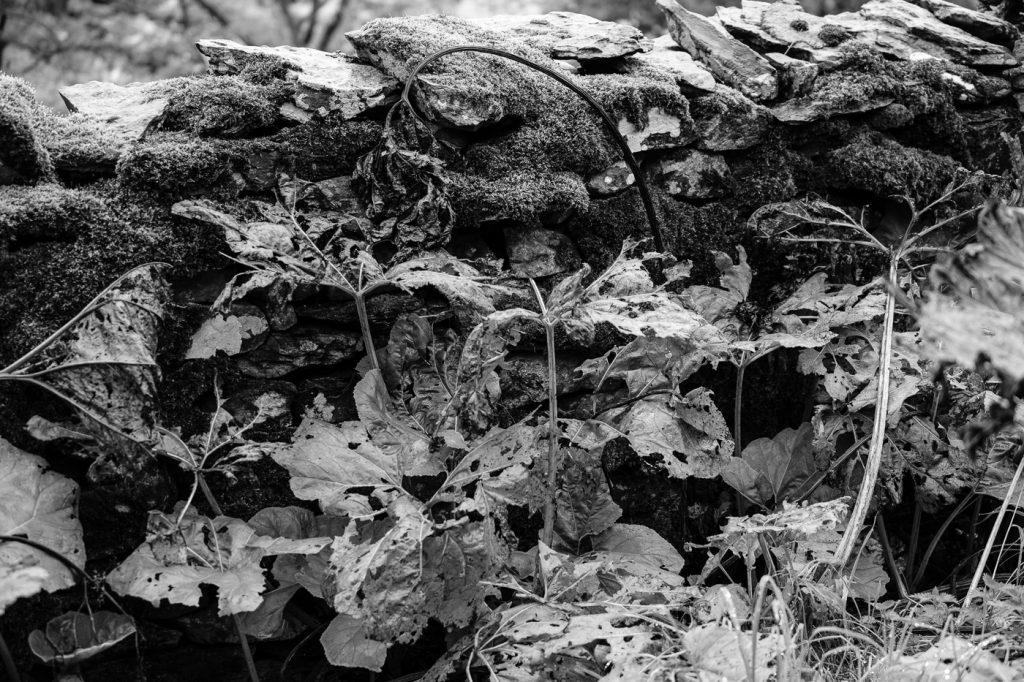
Finally a few images towards the viaduct and across towards Ingleborough with it low clouds as a hat.
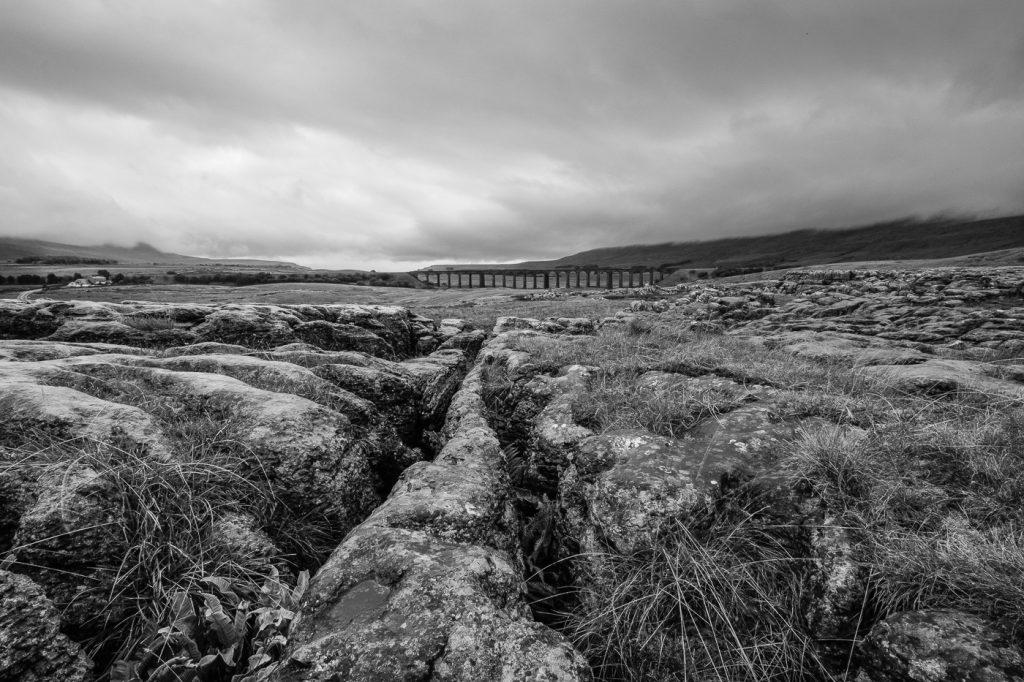
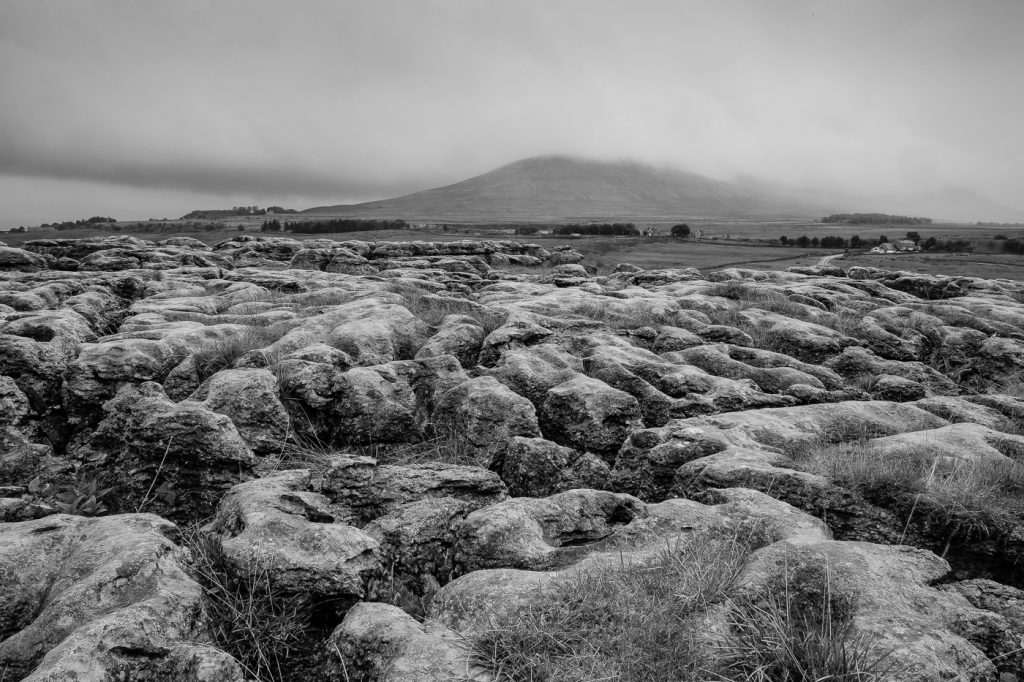
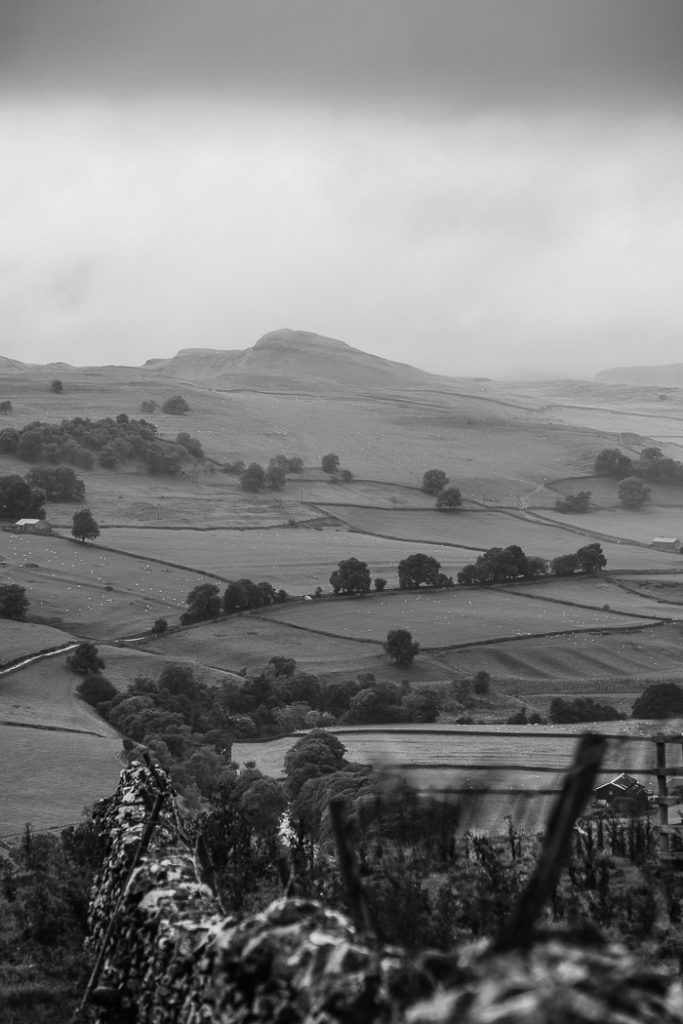
So what were my first impressions on using the new XT-2 ?
There were some really good improvements in the new version especially the increased number of focused points and the little joy stick which enabled you to quickly move the focus point to were you need it. Fuji seem to have listened to there users and made some good improvement in the focusing and easy of which you can move that around, the new film mode is also a gives a good feel to the images too.
I now need to try it out in the studio next.

